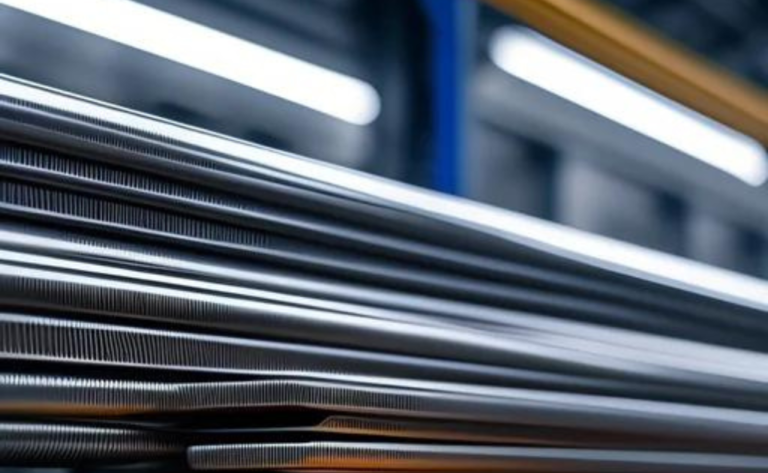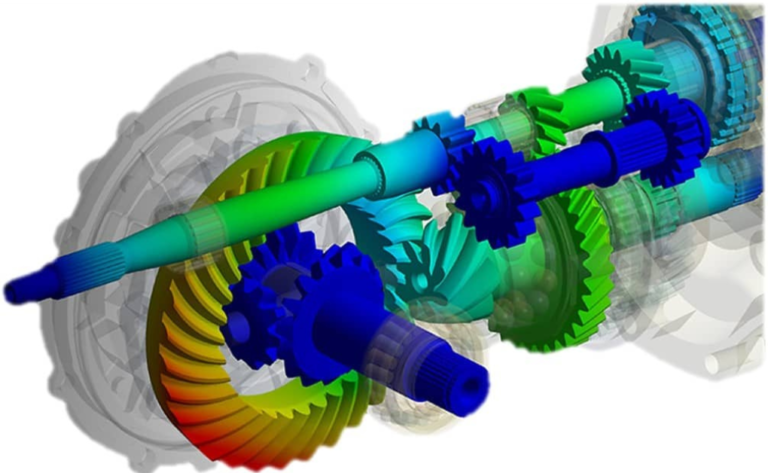Mastering Mechanical CAD Design: Building the Blueprint for Innovation
Introduction:-

Mastering Mechanical CAD Design: Building the Blueprint for Innovation – In the world of engineering and product development, Mechanical Computer-Aided Design (CAD) is the backbone that transforms ideas into tangible reality. It’s the art of creating precise, virtual representations of mechanical components and systems, serving as the blueprint for innovation. In this blog, we embark on a journey through the realm of Mechanical CAD design, unraveling the crucial lessons and best practices that can guide you towards mastery in this dynamic field.
Lesson 1: Understanding the Foundation
Just as with UX design and product management, the journey into Mechanical CAD design begins with a deep understanding of the fundamentals. Learn the core principles of CAD software, including parametric modeling, assemblies, and drafting. These form the bedrock upon which you’ll build complex designs.
Lesson 2: Efficiency through Automation
 Much like the focus on simplicity in UX design, Mechanical CAD design also thrives on efficiency. CAD tools offer automation features that can significantly speed up the design process. Invest time in mastering these tools, as they can make your workflow more efficient.
Much like the focus on simplicity in UX design, Mechanical CAD design also thrives on efficiency. CAD tools offer automation features that can significantly speed up the design process. Invest time in mastering these tools, as they can make your workflow more efficient.
Lesson 3: Precision is Paramount
In the world of Mechanical CAD design, precision is non-negotiable. Your designs must be exact, down to the smallest detail. Pay meticulous attention to dimensions, tolerances, and alignments. Precision ensures that your designs can be manufactured accurately.
Lesson 4: 3D Visualization and Prototyping
 Just as UX designers use prototypes to visualize user experiences, Mechanical CAD designers leverage 3D visualization for their designs. This technology allows you to create lifelike representations of your products, aiding in design validation and communication with stakeholders.
Just as UX designers use prototypes to visualize user experiences, Mechanical CAD designers leverage 3D visualization for their designs. This technology allows you to create lifelike representations of your products, aiding in design validation and communication with stakeholders.
Lesson 5: Collaboration and Communication
Effective communication is vital in Mechanical CAD design, similar to its importance in product management. You’ll collaborate with engineers, manufacturers, and other team members. The ability to convey your design intent clearly is critical.
Lesson 6: Integration with Simulation
 Mechanical CAD design often goes hand-in-hand with simulation. Just as data-driven decisions matter in UX design, simulations in CAD help test and validate designs before manufacturing. Understanding how to integrate simulation into your workflow is a valuable skill.
Mechanical CAD design often goes hand-in-hand with simulation. Just as data-driven decisions matter in UX design, simulations in CAD help test and validate designs before manufacturing. Understanding how to integrate simulation into your workflow is a valuable skill.
Lesson 7: Version Control and Documentation
Much like UX designers maintain version control for their design files, Mechanical CAD designers must also manage versions and maintain thorough documentation. Proper documentation ensures that changes can be tracked and designs can be reproduced accurately.
Lesson 8: The Art of Constraints
 Constraints are like the design principles of Mechanical CAD. They dictate how components move and interact within an assembly. Mastering constraints is essential for creating designs that function as intended.
Constraints are like the design principles of Mechanical CAD. They dictate how components move and interact within an assembly. Mastering constraints is essential for creating designs that function as intended.
Lesson 9: Real-World Materials and Manufacturing Processes
Understanding materials and manufacturing processes is akin to knowing your market in product management. Different materials have unique properties and limitations. Knowing how to select the right material for your design is crucial.
Lesson 10: Learn from Failures
 As with product management, not every design will be a success. Just as in UX design, failure is a part of the process. Embrace failures as opportunities to learn and improve. Analyze what went wrong, iterate, and use those lessons in future designs.
As with product management, not every design will be a success. Just as in UX design, failure is a part of the process. Embrace failures as opportunities to learn and improve. Analyze what went wrong, iterate, and use those lessons in future designs.
Conclusion: Crafting the Future with Mechanical CAD Design
 In the ever-evolving world of engineering and innovation, Mechanical CAD design serves as the compass that guides us towards creating groundbreaking solutions. Whether you’re designing complex machinery or intricate mechanical components, the principles of precision, efficiency, and effective communication are your guiding stars.
In the ever-evolving world of engineering and innovation, Mechanical CAD design serves as the compass that guides us towards creating groundbreaking solutions. Whether you’re designing complex machinery or intricate mechanical components, the principles of precision, efficiency, and effective communication are your guiding stars.
As we navigate the intricate landscape of Mechanical CAD design, remember that you’re not just creating blueprints; you’re shaping the future. The intricate dance of constraints, the precision of measurements, and the artistry of visualization all converge in the designs you create.
So, embrace the challenges, keep learning, and never forget that your designs are the foundation upon which innovation is built. Just as a user-centric design delights users, a well-crafted Mechanical CAD design is the key to turning dreams into reality in the world of engineering and product development. We hope that is blog will help you in, Mastering Mechanical CAD Design: Building the Blueprint for Innovation







